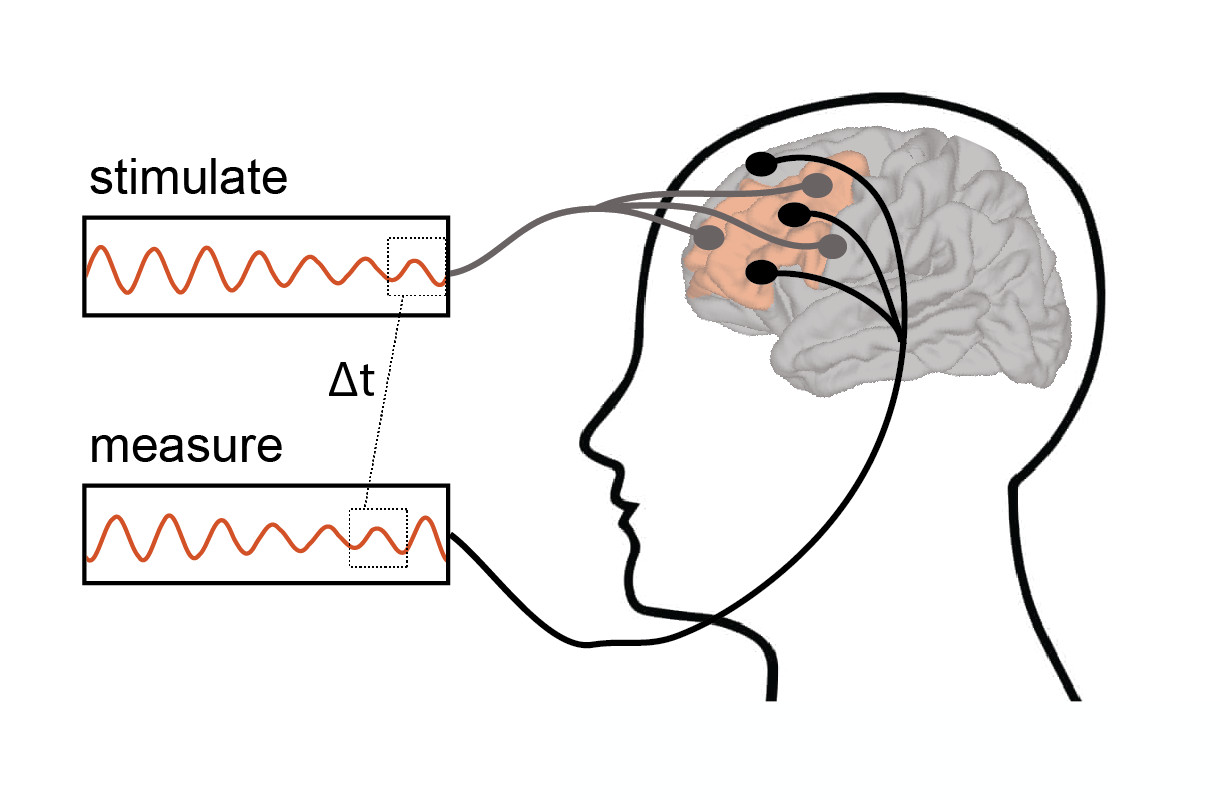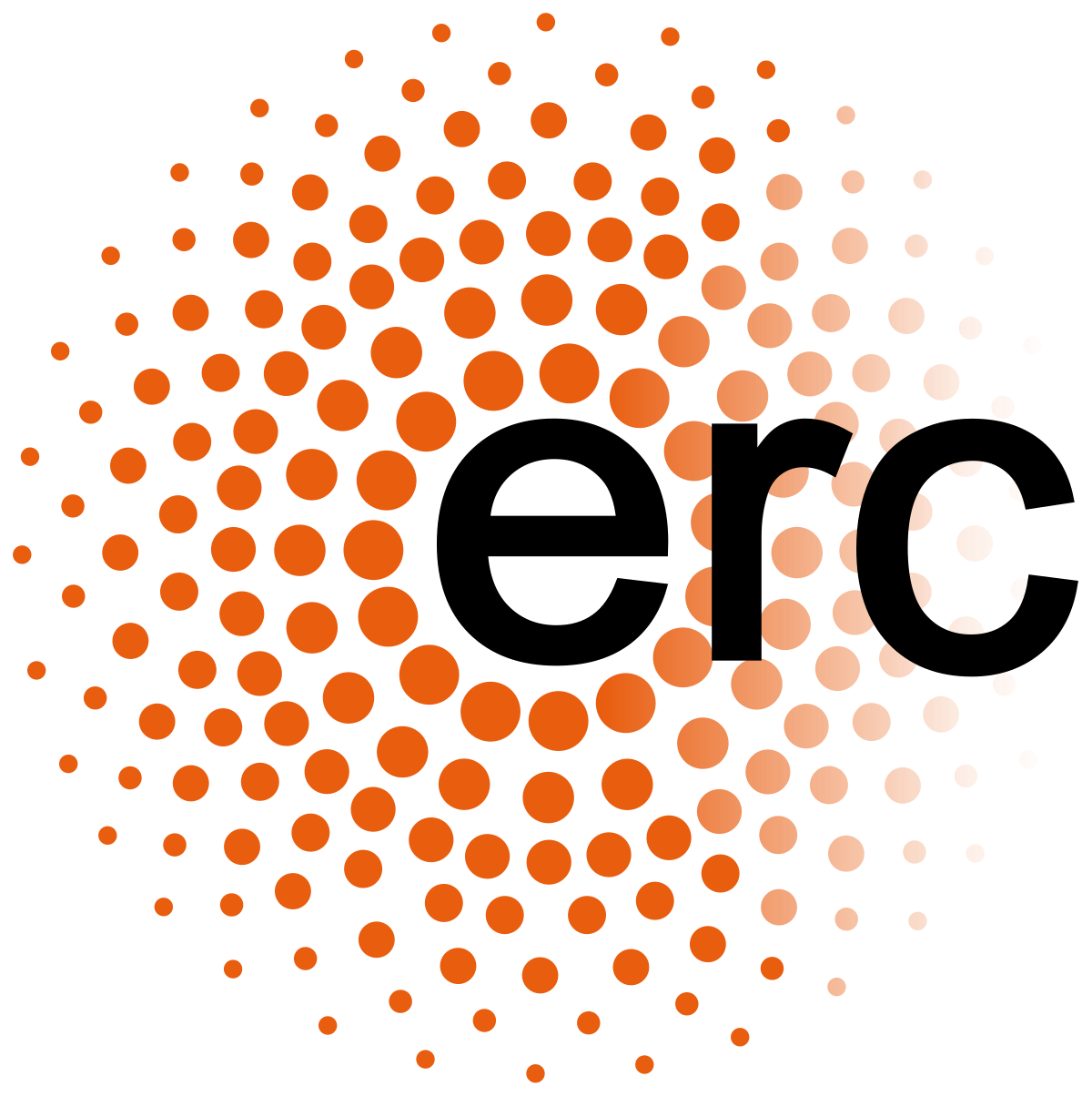Back to the Future
Our brain processes multitudes of signals based on recurrent network activity involving feedforward and feedback interarea communication. To funnel information efficiently between areas, low-frequency rhythmic neural activity patterns couple to each other. It is an unresolved question how early sensory cortex (SC) can couple efficiently to both feedforward sensory information and feedback input from higher order regions such as prefrontal cortex (PFC).
Roughly the project can be split in two:
Investigate if and how PFC anticipates the activity of SC to promote optimal communication
 The human brain consists of many different areas that need to communicate with each other. At any given moment, a single area needs to be connected with multiple other areas that are relevant for the task at hand. It has been proposed that brain areas connect to each other by coupling low-frequency oscillations across regions, enabling interarea communication. It is a fundamental unresolved question how low-frequency coupling in SC works to efficiently couple simultaneously to the dynamics of both sensory input and feedback. We here proposed that this could work if PFC feedback anticipates the activity of SC. The aim here is to understand how multi-area coupling is orchestrated in the brain.
The human brain consists of many different areas that need to communicate with each other. At any given moment, a single area needs to be connected with multiple other areas that are relevant for the task at hand. It has been proposed that brain areas connect to each other by coupling low-frequency oscillations across regions, enabling interarea communication. It is a fundamental unresolved question how low-frequency coupling in SC works to efficiently couple simultaneously to the dynamics of both sensory input and feedback. We here proposed that this could work if PFC feedback anticipates the activity of SC. The aim here is to understand how multi-area coupling is orchestrated in the brain.
Develop a closed-loop tACS-EEG setup that allows to mimic neural anticipation
 Closed-loop systems measure the brain signal and can stimulate the brain dependent on the current brain state. So far, closed-loop systems have been used to deliver brain stimulation at specific moments of ongoing brain dynamics. Rather than using the EEG solely as a trigger to stimulate, in this project we will use the EEG to stimulate the brain’s activity thereby mimicking anticipation through feedback loops in the brain.
Closed-loop systems measure the brain signal and can stimulate the brain dependent on the current brain state. So far, closed-loop systems have been used to deliver brain stimulation at specific moments of ongoing brain dynamics. Rather than using the EEG solely as a trigger to stimulate, in this project we will use the EEG to stimulate the brain’s activity thereby mimicking anticipation through feedback loops in the brain.
